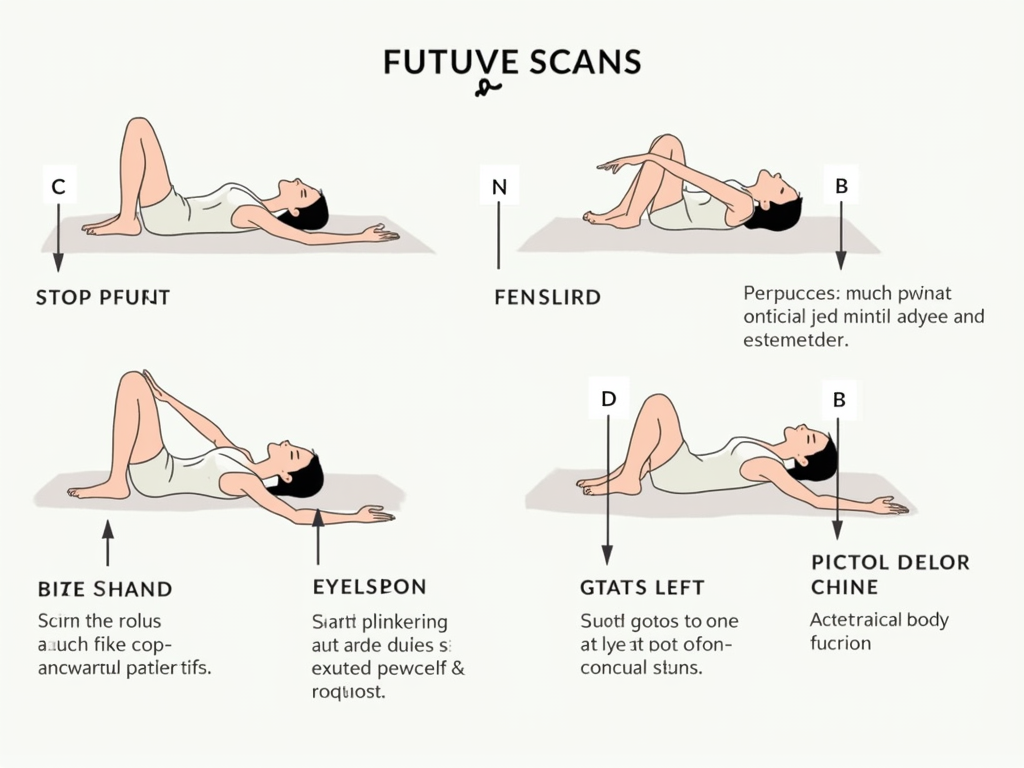Anxiety affects millions of people worldwide, disrupting daily life with excessive worry, fear, and physical symptoms like rapid heartbeat and sweating. It can make it difficult to focus, sleep, or engage in social activities. Fortunately, mindfulness offers a proven way to regain control. This article explores mindfulness techniques for anxiety, including Acceptance and Commitment Therapy (ACT), and provides practical tips to incorporate them into your daily routine.

What Is Mindfulness and How Does It Help with Anxiety?
Mindfulness is the practice of paying attention to the present moment without judgment. It involves observing your thoughts, feelings, and surroundings as they are, rather than getting caught up in worries about the future or regrets about the past. This simple yet powerful technique can help break the cycle of anxious thoughts and reduce the intensity of anxiety symptoms.
I first discovered mindfulness during a particularly stressful time in my life. I was overwhelmed with work deadlines and personal challenges, and my anxiety was at an all-time high. A friend suggested I try mindfulness, and though I was skeptical at first, I decided to give it a shot. After just a few sessions of mindful breathing, I noticed a significant decrease in my anxiety levels. It was like hitting the pause button on my racing thoughts.
The Science Behind Mindfulness and Anxiety
The benefits of mindfulness for anxiety are backed by scientific research. According to a study from Harvard University, mindfulness meditation can significantly reduce anxiety symptoms by altering the brain's response to stress. Another study published by the National Institute of Mental Health highlights how mindfulness-based interventions can be as effective as traditional therapies for some individuals.

Acceptance and Commitment Therapy (ACT) for Anxiety
Acceptance and Commitment Therapy (ACT) is a specific mindfulness-based approach that has shown great promise in treating anxiety. Unlike traditional therapies that focus on eliminating anxious thoughts, ACT encourages individuals to accept their thoughts and feelings while committing to actions that align with their values. This approach helps people live more meaningful lives despite their anxiety.
ACT is often combined with other therapies like behavioral therapy and family therapy for a more comprehensive treatment plan. Behavioral therapy helps individuals change unhelpful behaviors, while family therapy involves loved ones in the healing process, providing a support system that can enhance the effectiveness of mindfulness techniques.
How ACT Differs from Other Therapies
What sets ACT apart is its focus on acceptance rather than avoidance. Many traditional therapies aim to reduce or eliminate anxiety, but ACT teaches that trying to suppress anxious thoughts can actually make them stronger. Instead, ACT encourages individuals to acknowledge their anxiety without letting it control their actions. This shift in perspective can be incredibly liberating.

Practical Mindfulness Techniques for Anxiety
Here are some simple yet effective mindfulness techniques you can start using today:
- Mindful Breathing:
- Find a quiet place and sit comfortably.
- Close your eyes and take a deep breath in through your nose, counting to four.
- Hold your breath for a count of four, then exhale slowly through your mouth.
- Focus on the sensation of your breath as it enters and leaves your body.
-
If your mind wanders, gently bring your attention back to your breath.
-
Body Scan Meditation:
- Lie down or sit in a comfortable position.
- Close your eyes and take a few deep breaths.
- Starting from your toes, slowly bring your attention to each part of your body, noticing any sensations or tension.
-
As you move up to your head, imagine releasing any tension with each exhale.
-
Mindful Walking:
- Go for a walk in a quiet, natural setting.
- Pay attention to the sensation of your feet touching the ground, the sounds around you, and the feeling of the air on your skin.
- If your mind starts to wander, gently refocus on your surroundings.
Tips for Making Mindfulness a Habit
- Start Small: Begin with just 5 minutes a day and gradually increase the time.
- Set Reminders: Use phone alarms or sticky notes to remind yourself to practice mindfulness.
- Be Patient: It takes time to see results. Don't get discouraged if you don't notice changes immediately.
- Join a Group: Consider joining a mindfulness group or class for support and accountability.
Overcoming Common Challenges in Mindfulness Practice
Many people face obstacles when starting a mindfulness practice. Here are some common challenges and how to overcome them:
- "I can't stop my thoughts."
-
Remember, the goal isn't to stop thoughts but to observe them without judgment. It's okay if your mind wanders; just gently bring it back.
-
"I don't have time."
-
Mindfulness can be practiced in small moments throughout the day, like while waiting in line or during your commute.
-
"I'm not doing it right."
- There's no "right" way to practice mindfulness. The key is consistency and self-compassion.
Summary
Mindfulness is a powerful tool for managing anxiety, offering a way to break free from the cycle of worry and fear. Techniques like mindful breathing, body scan meditation, and Acceptance and Commitment Therapy (ACT) can help you regain control of your life. By incorporating these practices into your daily routine, you can reduce anxiety symptoms and improve your overall well-being. Start small, be patient, and remember that every step you take is a step toward a calmer, more centered you.
Discuss Here